A Guide for Donating, Reusing, Up-Cycling, Composting, and Recycling (even really worn out ones)It is hard to find another clothing item as numerous as T-shirts. Whether they come from concerts, causes, events, have famous faces or humorous sayings, there are a lot of them. Many are outdated, don't fit, or too worn to wear, and long forgotten in the bottom of a drawer. So if you, like most people, have drawers, closets, and boxes full, of old T-shirts, it may be time to part with some. Which can you donate? And what do you do with the ones you can't? We've compiled a resource so you can begin to reclaim some of your space. Which T-shirts Can Be Donated?When it comes to T-shirts, one persons trash is not another's treasure. Only the best and brightest should be donated to be worn again. The main reason is that with so many t-shirt donations that come in, if the shirt isn't in excellent shape, or something other people will want (think twice about that family reunion t-shirt from 2008) they may get thrown out by the donation center. In those cases, you may be better off reusing or even recycling it locally yourself. Here are some guidelines to make sure your donation will be accepted:
In short, if your shirts are showing any wear, have holes, stains, pet fur, or anything else that you would not give a picky friend to wear, don't donate it. Read on for some creative ways to give them new life. Fix it FirstDo you have a favorite shirt that you would want to wear but it has stayed in the drawer because of some minor issues? Give it a little love and put it back into circulation. Before you donate for someone to wear, it should be in excellent condition as-is, meaning the recipient will not have to clean or fix any minor or major issues with the garment. Who knows, once you tidy it up, you may find a new use for it yourself. If there is a small seam coming out, it takes less time than you think to grab a piece of thread and a needle and sew it up. For that persistent little stain, Kitchn has a simple-to-follow article for getting out grease stains. Once your t-shirt is back to it's former glory, you may want to wear it again or decide it will then be suitable to donate, give, or even sell if it's a collector's item. For stubborn smells like armpit body odor, I learned a trick from a family member who used to work in theater. Washing decorative costumes wasn't always possible, so they used a spritz of alcohol. It works magic. Just wet the area with a cheap vodka or rubbing alcohol and let it dry. Then wash as normal. Pet hair is tough because it doesn't just wash out. You usually need to get in there with a roller (consider reusables) to get it all out, but you can start by reducing the amount of hair with some pre-treating and some creative laundry tricks. Use damp hands or rubber glove and wipe over the surface in one direction at a time. When you wash your clothes, use 1/2 cup of distilled vinegar in the wash to prevent static electricity from causing pet hair to stick. You can also try dryer sheets - just throw one in with your shirts on a cool setting. Add a damp microfiber cloth or even a balloon and they will help attract the hair that is there. What are the best places to donate t-shirts?The first place people think of when donating t-shirts are the big thrift re-sellers like Goodwill (nonprofit) or Savers (for profit). But many t-shirts that arrive at these stores never make it to the shelves. Some can be put into textile recycling and others might be tossed. They simply get too many. If you have t-shirts in like-new condition, consider giving your best Ts to a smaller nonprofit that will actually use them. An example in St. Paul, MN is Walking With A Purpose. They give them directly to the unsheltered living in the city. If they are not quite excellent, but are clean and usable, consider an animal shelters, or other places that can use them for other purposes like bedding, upcycled projects, or rags. An example is the Wildlife Center of Silicon Valley. Check out Donate Good Stuff to find a listing of all organizations near you that are in need of T-shirts right now. Creative Re-use IdeasT-shirts that aren't in great shape can be repurposed and reused for so many things, with minimal effort, and that can instead save you money and time going online or the store to purchase. Just as importantly, you trim down your carbon footprint by reducing the amount of 'new' things that have to be sourced, produced, packaged and transported. Here is a fun list of things to try. Garden Ties Great for staking tomatoes, beans, raspberries, or other plants in your garden! They have a great stretch which is gentle on your greenery and will hold well. Simply cut your t-shirt into strips. Keep a bag of strips for lots of other projects both inside and out. Tote Bags There are lots of tutorials about how to make a super simple reusable tote with a few cuts and by tying knots across the bottom. You can also sew the bottom shut for a simple-sew option. Recycle Ann Arbor has easy to follow photos. Make a bunch to give away to friends, or even to your local market. Rugs Instructables has instructions for a braided rug you can make with as few as 5 t-shirts, and can use more for larger rugs. Just cut long strips and braid, adding new strips as they get to the end. Mix and match colors, or gather all of one color for a rug of similar hues. They can be great for dorm rooms, front entryways, basements, and really beautiful ones can serve as an accent piece in a room. Leftovers can be used as t-shirt yarn or for other projects. Cleaning Rags Use them as rags for things that are gross where you don't want to use them again on nicer things. For instance: pet mess clean up. If you happen to have 100% cotton, they make great lint free wipes. Project Rags Craftspeople or neighbors may appreciate rags for staining wood or for use with other creative endeavors. It might even be worth posting on a social media sharing site like Nextdoor, Cragslist, or Facebook Marketplace. Headbands One really easy, no-sew project is to make a headband by cutting the bottom off of a t-shirt, twisting it in the middle and matching up the two loops to go around your head. You can also make pony-tail holders in the same way by cutting a thinner strip. The hem at the bottom of the t-shirt has additional strength that is good for this. Quilts & Framed Art If your t-shirts have sentimental value, you could turn them into a keepsake for yourself or as a gift. Quilts and framed art using t-shirts from 5K races, family events, travel, concerts, or other themes are perfect for these. Make your own quilt or have one made by a skilled quilter. For framed art, you can simply cut or stretch the t-shirt art over a frame insert and attach the frame as you would for a photograph, or use a canvas frame and pull to attach at the back. Pillow cases You can make throw pillows. You can even reuse an old pillow for this by stuffing it inside. Just cut two equal squares, sew three sides, stuff, and sew up the last side. For a no-sew option, cut strips on each of the sides and tie the top and bottom together all around the pillow. Here is a 5-Minute Crafts video showing how to do it. Drink Coasters and Hot Pads If you remember those loom kits from the 1970s and 80's? You can use t-shirt strips to make coasters and hot pads for a throwback craft. Hot packs Great for cold days or sore muscles, these easy to make comfort bags are a perfect project for using old t-shirts. Make large ones to throw in by your feet on a cold night or to place on a sore neck or lower back. Make small ones to tuck into your jacket pocket or mittens. You can make them from all kinds of fabric but when using the thinner fabric of t-shirts, consider using two layers. Make them just like the pillows, above, but stuff them with dry rice or beans. Heat them in the microwave but be careful as they can burn. I never put mine in for more than 1 minute. Yarn You can actually make yarn out of old t-shirts by cutting a long, continuous strip starting at the bottom of the t-shirt and working your way up. You can string strands from multiple t-shirts together using a simple knot. Then just use a large knitting or crochet needle and create whatever you want. Recycling T-ShirtsSome cities and counties offer curbside recycling. For anything really worn, stained, or with holes, this can be a good local option. Just check your area for guidelines. It is worth finding out what they do with the recycled goods to make sure it is the best option available.
What about the collection bins? These are generally put out by for-profit, secondary market resellers and most often bulk-sell abroad. This has been shown to have negative effects on local clothing industries. Additionally, reports indicate nearly half becomes trash because of the greater supply than demand. Because of this, the carbon footprint of sending items across the globe to be burned or landfilled is both unnecessary and unjustifiable. You do much better for the planet by finding a way to upcycle or reuse items, and if that isn’t possible, recycling locally. Recycling centers will often take worn textiles. For some, like Eureka recycling, it is as simple as scheduling a pickup on their app. Check with your local recycler. You can find one near you with Earth 911's textile recycling locator. What about Goodwill or other resellers? Definitely don't donate anything that is contaminated or smelly. In an NPR interview with Goodwill spokesperson for stores in Vermont and New Hampshire, Heather Steeves,noted that “All this trash adds up to more than $1 million a year in a trash bill, and it’s been growing every year for the past five years,” Her figure only counted their 30 stores in two states. Make sure to never leave donations outside. They often get damaged by the elements or local critters and the well-intended recycling donations turn into trash and a burden for the organization. Always check with the individual store. They distinct programs and arrangements. For example, at the Northern New England Goodwill stores, they have a wiping cloth program where people can buy cut up shirts by the bag in the store, and softer rags go to ship builders or artisanal instrument makers who need very fine cloth rags for buffing out their products.
0 Comments
Your comment will be posted after it is approved.
Leave a Reply. |
Recent PostsCategories
All
Archives
June 2024
|
Copyright © 2024 - Hero Management, Inc

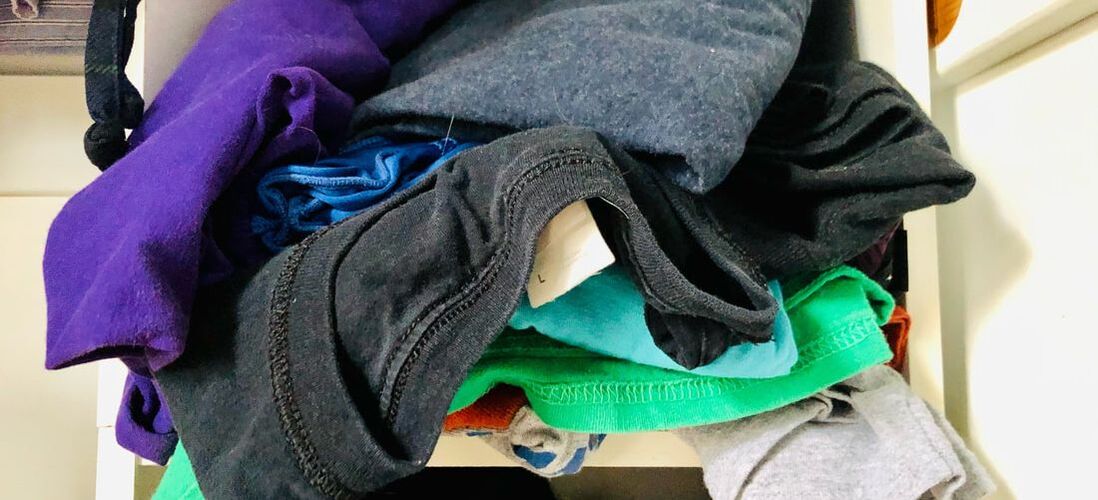

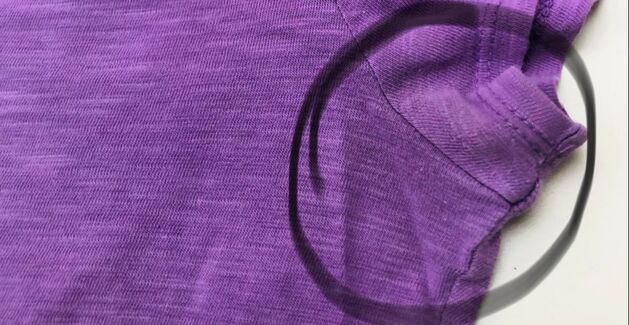
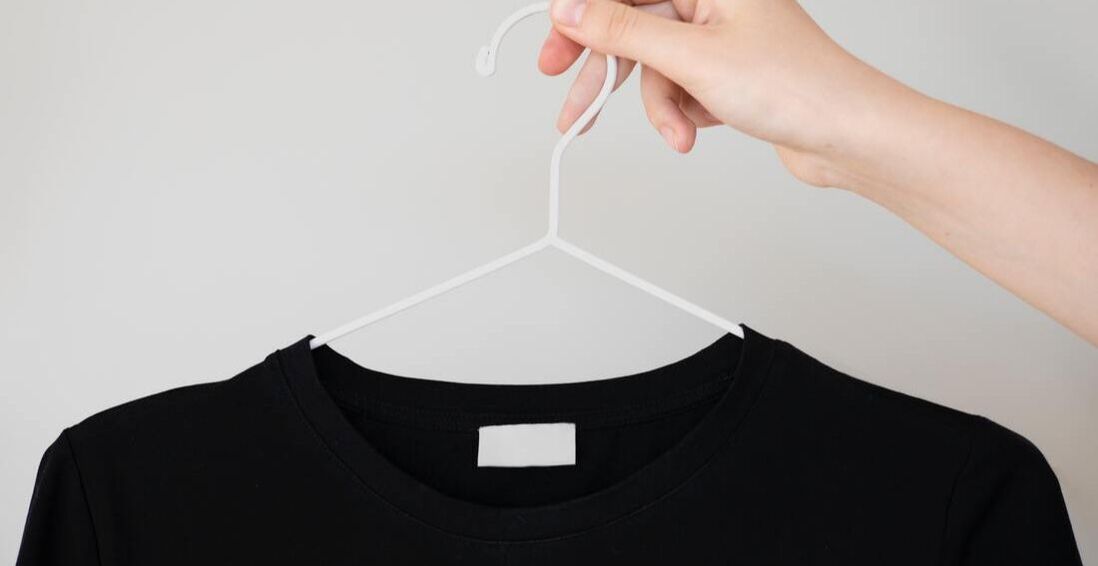
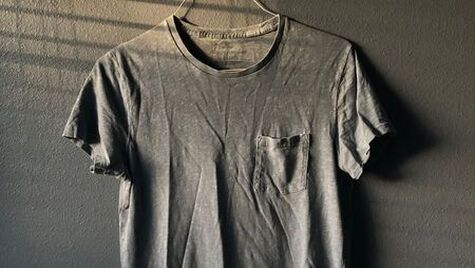

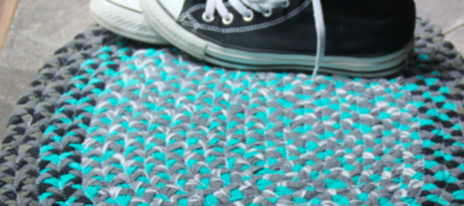

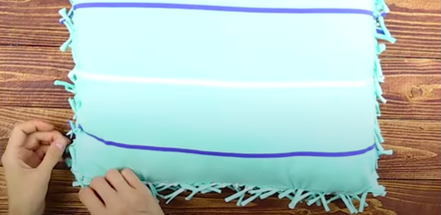
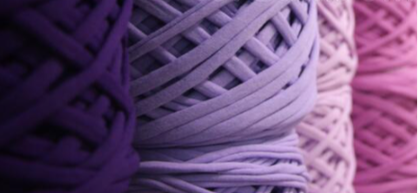
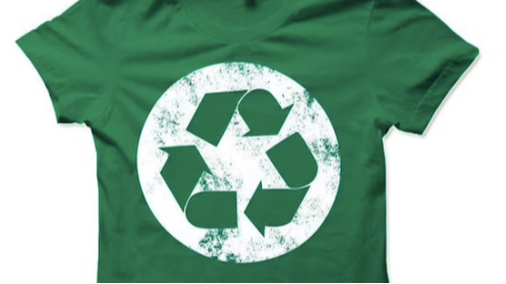
 RSS Feed
RSS Feed